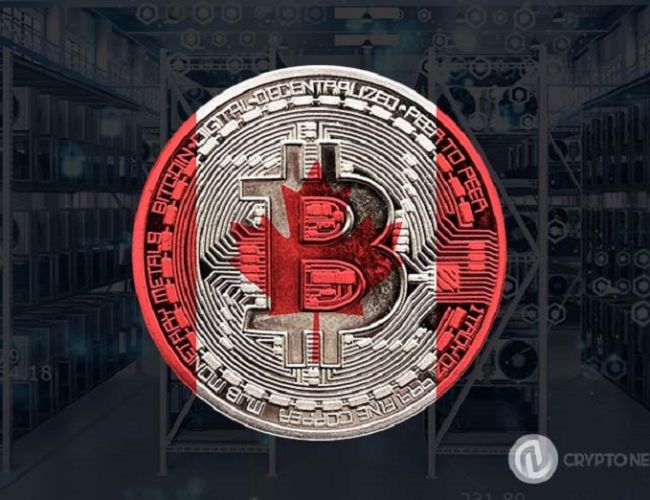- Foundry USA and Antpool now have more than 60% Bitcoin hash rate, which increases the problem of centralization in the Bitcoin network.
- Centralization of mining power introduces the threat of a 51% attack where a single party gains control over the blockchain.
- As mining increasingly consumes resources, small miners cannot afford to mine Bitcoins due to increased costs and hence consolidation of companies.
The Bitcoin network is experiencing a flow of the mining market where only two mining pools control the hashrate of the network. This development has provoked concerns about possible centralization, a situation that may resist the decentralized nature of the Bitcoin system.
In the current data, Foundry USA IS and Antpool stand in the center stage of the most influential bitcoin mining, accounting for more than 60 percent of the network blockage. Antpool and recently foundry USA alone contribute more than 29% of the seven-day block mined. This has led to much debate within the community regarding possible negative implications associated with hash power’s centralization.
UPDATE:
Two entities now control 63% of Btc block production
3 #Bitcoin pools and their known proxies control 76% https://t.co/NfhhackfjS pic.twitter.com/uKIugGse5i
— Evan Van Ness 🧉 (@evan_van_ness) July 30, 2024
In the past, there have been various Bitcoin pools for mining with different parties sharing the blocks of blocks to mine. But gradually, there is a decline in the number of pools but these are more centralized and much more intensive. The consequences of this change are rather profound, as various issues regarding the stability and safety of the Bitcoin network have emerged.
Network Security and Community Concerns Implications
This, in turn, has caused an alarm over what is referred to as a 51% attack whereby a group will control more than 50% of the network’s hashing rate thus controlling the blockchain. Although there might be no collaboration between these pools, the existence of an attack on the network affects the reputation in the network negatively.
Secondly, mining Bitcoin has become more complex over time, meaning that specialized and costly hardware is needed to solve the algorithms.This hence makes it difficult for small pool miners or even individual miners to compete. This has led to the consolidation of mining power with larger organizations that can afford to undertake this activity.
The discussion shows that, as Bitcoin matures, the centralization of its mining power remains a challenge for the community to deal with. This is even more problematic when it occurs among large pools.This is because it may potentially reduce network decentralization should the instance occur. Therefore, it will be important to follow how the Bitcoin community responds to this challenge as this will determine the future of the network. The present context also reveals the need for constant examination and development of safeguard and protection of the environment of Bitcoins.

